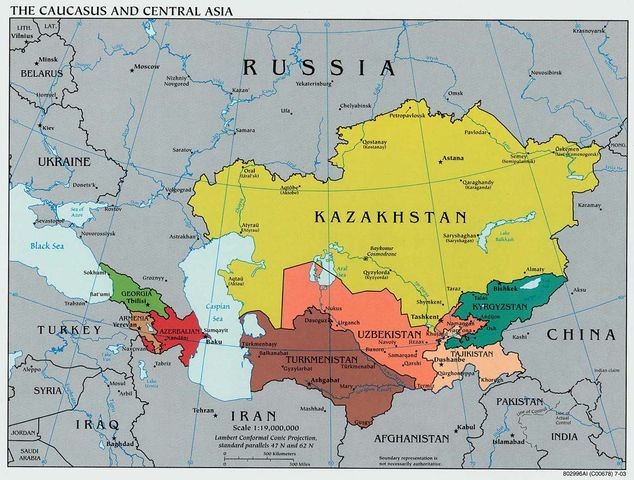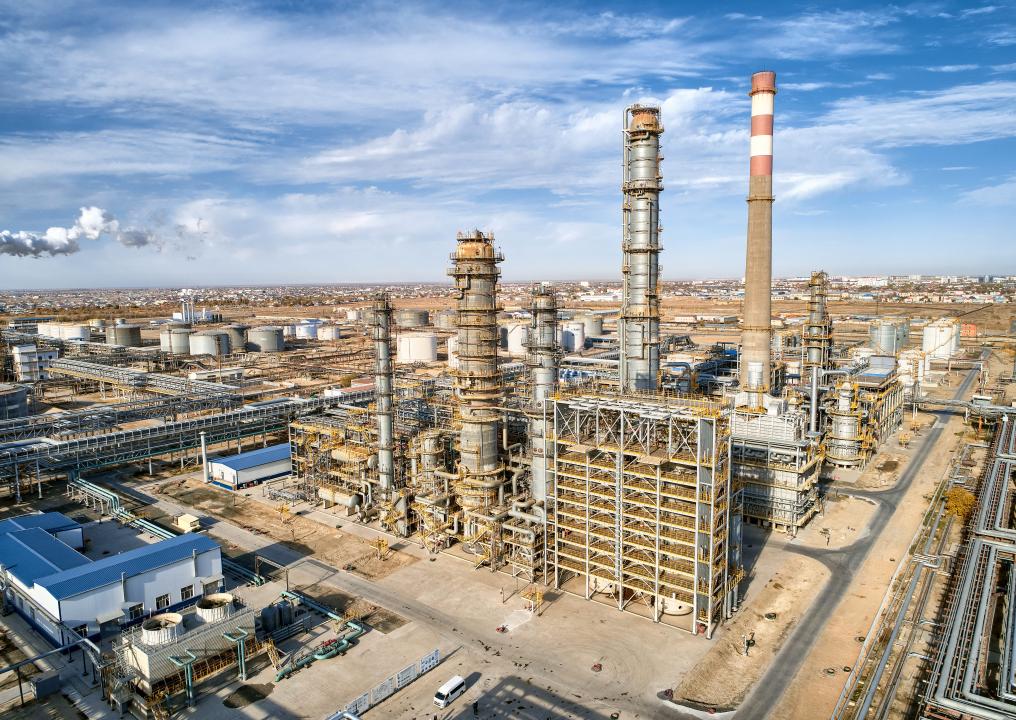BISHKEK (TCA) — Economic growth has slowed to a two-decade low in the Caucasus and Central Asia (CCA) region, owing to the large and sustained decline in commodity prices, wide-ranging spillovers from Russia’s recession, and the slowdown and rebalancing of China’s economy, says the IMF Regional Economic Outlook April 2016 for Middle East and Central Asia.
According to the report, the external environment has continued to deteriorate since October 2015 from an already challenging position. Oil prices are projected to average around $35 a barrel in 2016, $16 below the 2015 average. Russia’s economy is expected to contract further this year, by about 1¾ percent, reducing trade, remittances, and investment to the region. And China’s slowdown is expected to weaken external demand and commodity prices further.
As a result of these external shocks, growth in the CCA region is projected to decline to 1.2 percent in 2016—a two-decade low—and recover only modestly in 2017.
In oil exporters, growth is projected to decline to 1.1 percent this year, from 3.2 percent in 2015, because of declining oil production and public investment.
In oil importers, growth is projected at 2.6 percent, down from 3 percent in 2015. The positive impact of lower oil prices on economic activity has been limited because domestic fuel prices have declined only modestly (some 20 percent since 2014), owing to low competition and currency depreciation. Any boost to consumption has been partially offset by declining remittances from Russia (an important source of income in Armenia, the Kyrgyz Republic, and Tajikistan, where remittances ranged between 9 and 32 percent of GDP in 2015). Lower exports to Russia and weaker direct investment from Russia, as well as subdued demand (mainly from China) and prices for key non-oil commodity exports (copper, aluminum, cotton) are also weighing on the outlook, the report said.
All countries have adjusted their currencies since 2014, five of them by at least 30 percent as of February 2016. This has helped mitigate the effects of the external shocks and limit foreign exchange reserve losses; reserves remain above 3 months of imports in all countries except Tajikistan, where coverage is about 1½ months of imports. Georgia, the Kyrgyz Republic, and, more recently, Kazakhstan have allowed considerable exchange rate flexibility. Others have opted for managing their currencies more tightly. Azerbaijan has maintained a narrow band after large devaluations in 2015. Tajikistan, Turkmenistan, and Uzbekistan have intervened heavily and implemented administrative controls.
With oil prices likely to remain low and debt projected to rise (especially in the Kyrgyz Republic and Tajikistan), countries need to start fiscal consolidation as soon as cyclical conditions allow.
Countries with larger fiscal buffers can choose a slower pace of consolidation. Fiscal consolidation should avoid expenditure cuts that harm medium-term growth prospects, while safeguarding targeted social spending. Broadening the tax base and diversifying revenues would help reduce public sector exposure to commodity terms-of-trade shocks. Some countries have announced privatization plans, which, if implemented, should lead to much-needed revenue gains, the report concludes.









